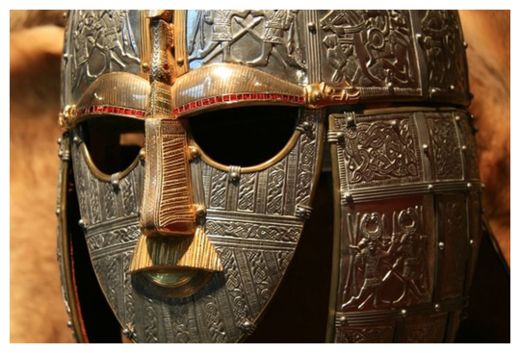
© Lightphoto/iStockphoto
The study, published today in
Nature, provides the first strong genetic evidence of the Saxon invasion, and shows how much they interbred with the locals once they got there.
"When I first made this map I nearly fell out of my chair because what came up was this incredible pattern, and I could see that it matched lots of things that I already knew about British history, says lead author Dr Stephen Leslie, a statistical geneticist at the
Murdoch Childrens Research InstituteLeslie and colleagues used a sophisticated statistical technique to analyse subtle genetic differences between over 8000 individual people across the United Kingdom and Europe.
They used protocols to make sure they were only studying DNA that was local to the area, by, for example, only taking the UK samples from people whose four grandparents were all born in the same rural area.
The researchers then clustered individuals into colour-coded groups, based only on their genetics, and were amazed to find that when they plotted the results on a map, the clusters corresponded to specific areas of the UK. The clustering showed northern and southern English people were genetically distinct, and in some cases clusters very accurately reflected geographical borders.
"For example you could see Cornwall was separate from Devon and that that separation was almost perfectly along the county boundary," says Leslie.
While past studies of this type have been able to use genetics to tell what continent or country people come from, this is the first study to be able to pinpoint people to regions within countries, says Leslie.
"Nobody has been able to see differences on this scale before," he says.
Despite some distinct groupings, however, the researchers found most of England was genetically very similar.
"Central and southern England, along with the north-eastern coast was relatively homogenous compared to everything else," says Leslie.
"It's pretty striking we can't separate out places like East Anglia and Kent."
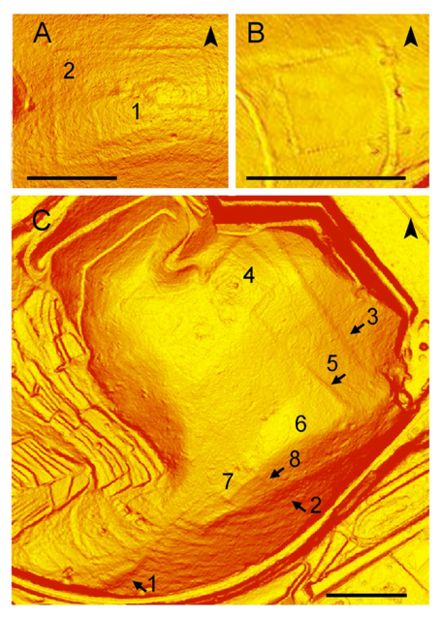

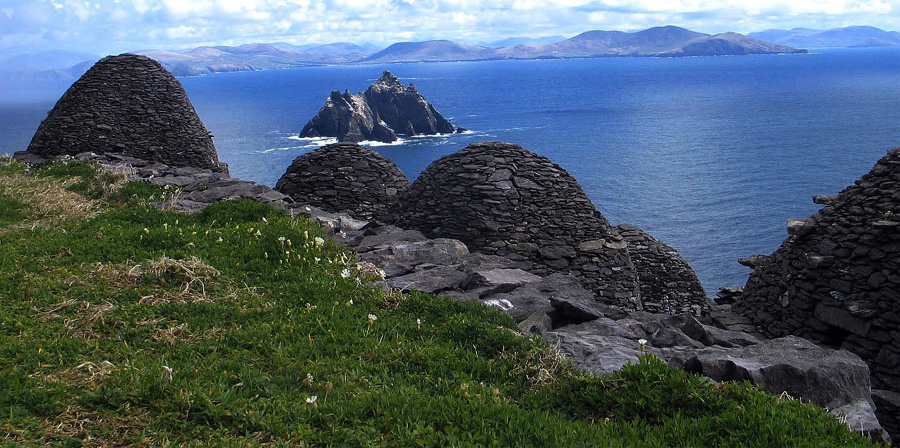
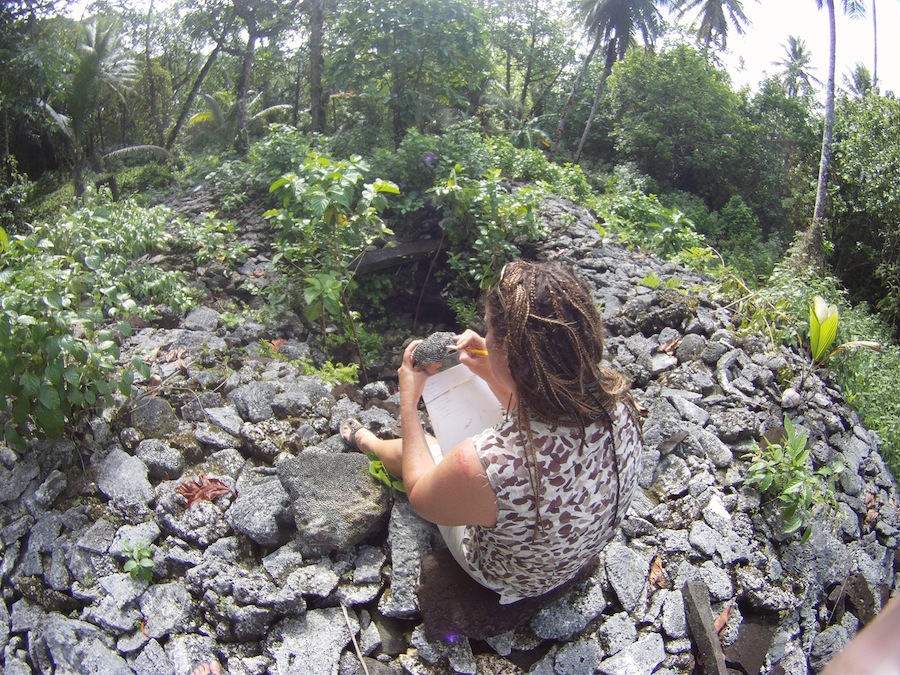
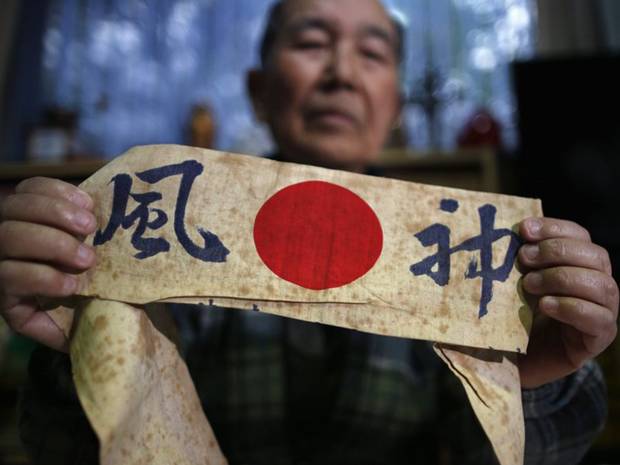
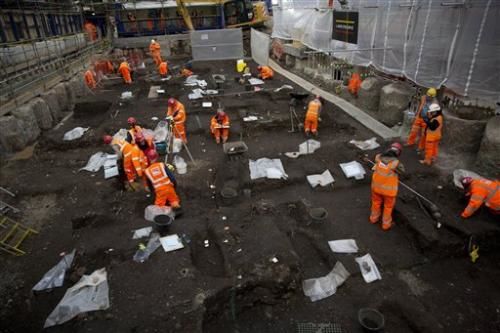
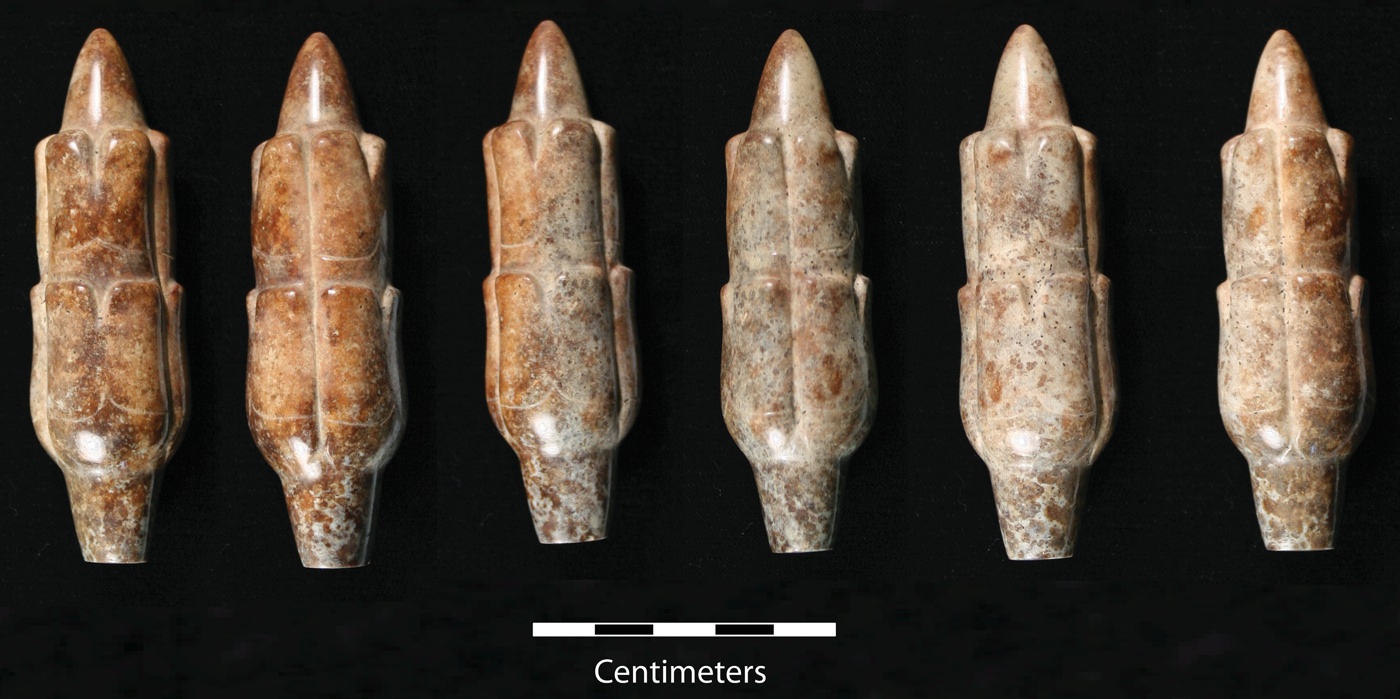
Comment: For more on the history on ancient civilizations, the nature of cyclical cosmic catastrophes and the part humanity may play in them, read: The Secret History of the World and its sequels, Comets and the Horns of Moses and Earth Changes and the Human-Cosmic Connection.